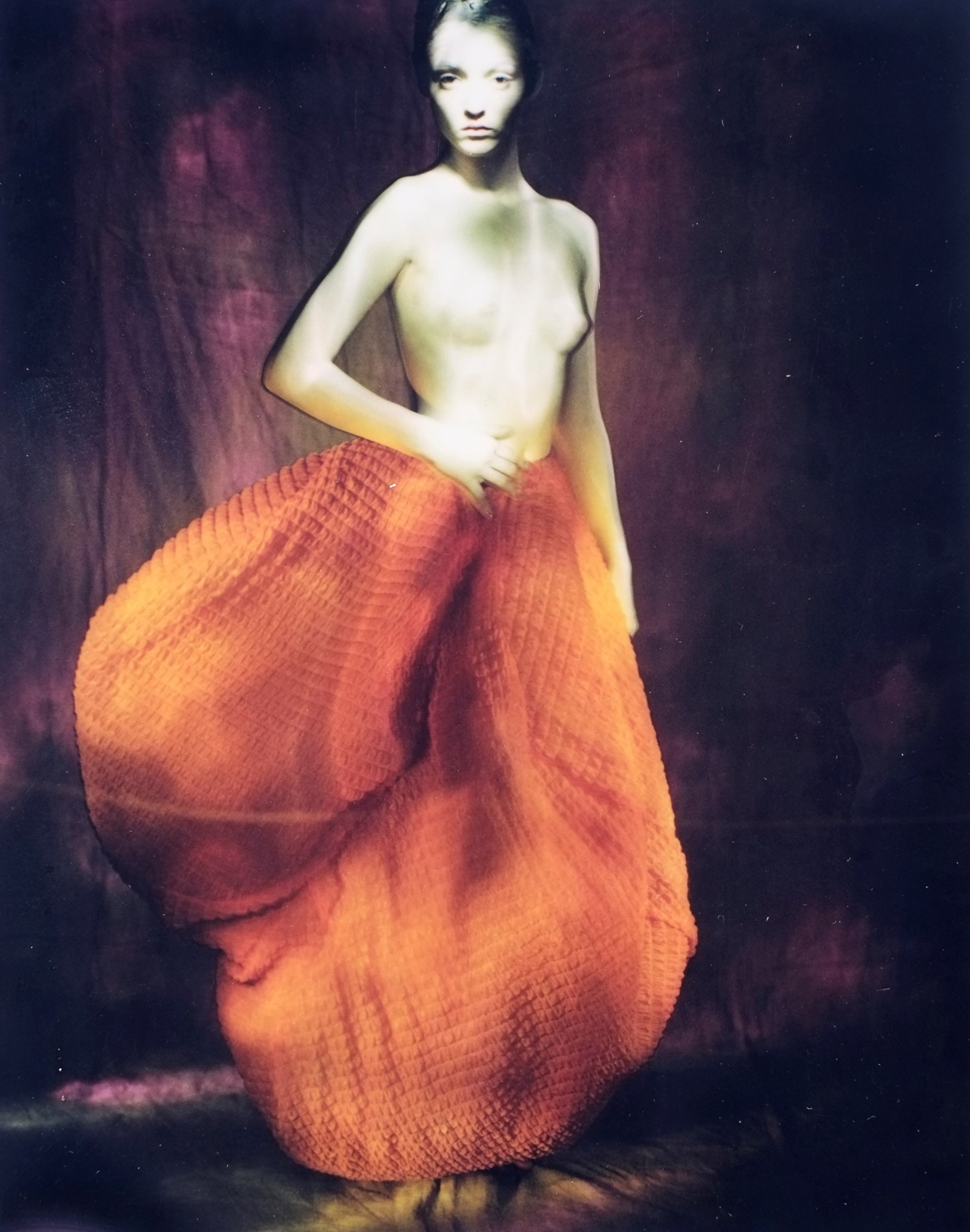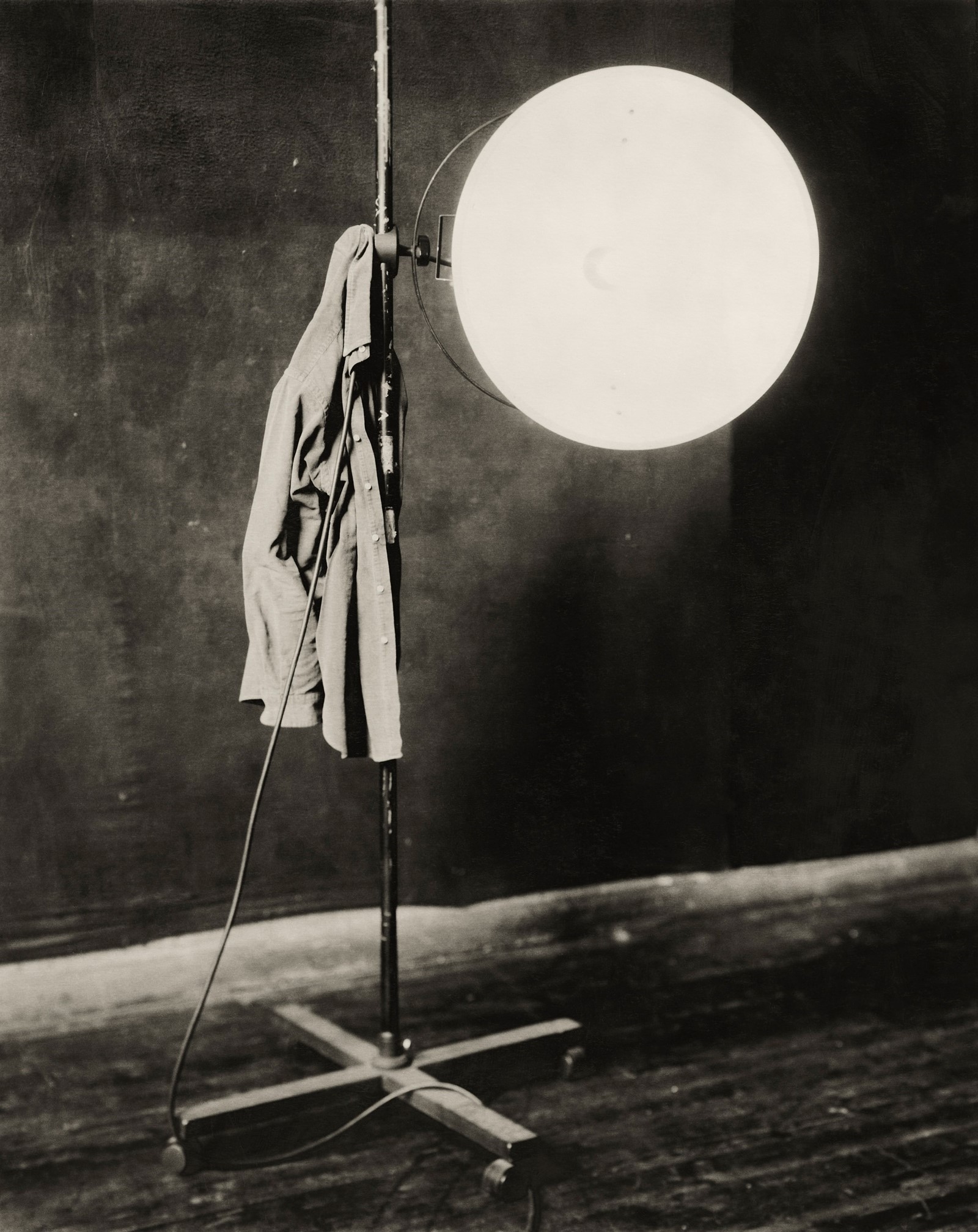
Lead ImageAudrey, Comme des Garçons, Paris, 1996© Paolo Roversi
Despite being a man of many hobbies, photography is ’s main love. “I go fishing, I like to read, go see movies, and listen to music,” says the Italian photographer. “But the thing I like the most is to take photographs. I love what I do. I love to work, I love fashion, and I love photography, so that is a great motivation. I will keep going,” he says, speaking over the phone from his revered Studio Luce in Paris. The reflective tone of our conversation is centred around Roversi’s self-titled new book, Paolo Roversi, the definitive monograph surveying the last 50 years of his distinctive work.
The book accompanies an extensive exhibition staged at Paris’ Palais Galliera last year, developed in close collaboration with curator Sylvie Lécallier. Yet Roversi is keen to point out that he does not view this as a retrospective. “Although it features pictures from different stages of my career, I just picked my favourites, [so] for me it isn’t a retrospective.”
Audiences are given the opportunity to indulge in a rich portfolio of Roversi’s immediately recognisable photography that, often described as timeless, has navigated the relentless change of fashion tastes since the 1980s. “I don’t want to be involved with just the last wave; I like to stay out of the movement of this river,” he explains. “I keep a certain distance from the movement of everything.” Instead, Roversi’s work has a classical sensibility, informed by seminal portrait photographers, Nadar and August Sander, utilising long exposures, daylight from the windows of his north-facing studio and, occasionally, handheld torches to create an aesthetic that, for some, has more in common with painting than photography.


Roversi works mainly in the studio – a setting which offers the experience of total detachment and focus. “I like to work in the studio because I can just concentrate on my subject, isolate them from the rest of the world. The subject becomes the centre of my world in the studio,” he says. Roversi bought Studio Luce in Paris’s 14 arrondissement in 1981, and has made his work there ever since; the new book describes his photographs as being “connected by a unity of place,” the root at the centre of a network of collaborative relationships with fashion designers, art directors and models.
In the book, model Kirsten Owen recalls the decadent experience of shooting with Roversi. “There is a very long lunch, always with wine,” she writes. “After lunch, he ducks under the cloth of his Deardorff camera, adjusts the focus … he comes out and says, ‘Yes Kirsten … GOOD! Paolo loves music. We used to listen to the Tower of Song by Leonard Cohen late into the night during shoots at Studio Luce.”
Roversi has a long relationship with AnOther Magazine, particularly during Marc Ascoli’s tenure as art director. “Marc has been very important for me,” he says. “The first time we did important work together was for a Yohji Yamamoto catalogue in 1985. It completely changed the way I thought about fashion photography. I like to work with Marc because he always gave me the freedom, but at the same time, he gave direction of where to go with my work.”


Photography made in collaboration with Yohji Yamamoto features heavily in the book, as does Roversi’s work with Comme des Garçons and Romeo Gigli. “It was very important for me to work with these great designers,” he says. “They inspired me so much and gave me the opportunity to go far with my vision and imagination.”
The earliest image in the book, Leza, Dior Beauty, Paris, is from 1980, so inevitably, our conversation shifts to notions of time. “Time and light are the two fundamental elements of photography for me. When I am working with my 8 by 10 camera, each picture can take a few minutes to make. I love this time, it’s a form of meditation. It gives me more time to dream, more time to imagine, more time to feel things.”
Paolo Roversi by Silvie Lécallier and Paolo Roversi is published by Thames & Hudson, and is out on May 15.










:max_bytes(150000):strip_icc()/Parents-SupermanMovieTrailer-b216b7f3a5a0442f9aec56736b5a3d7b.jpg)
